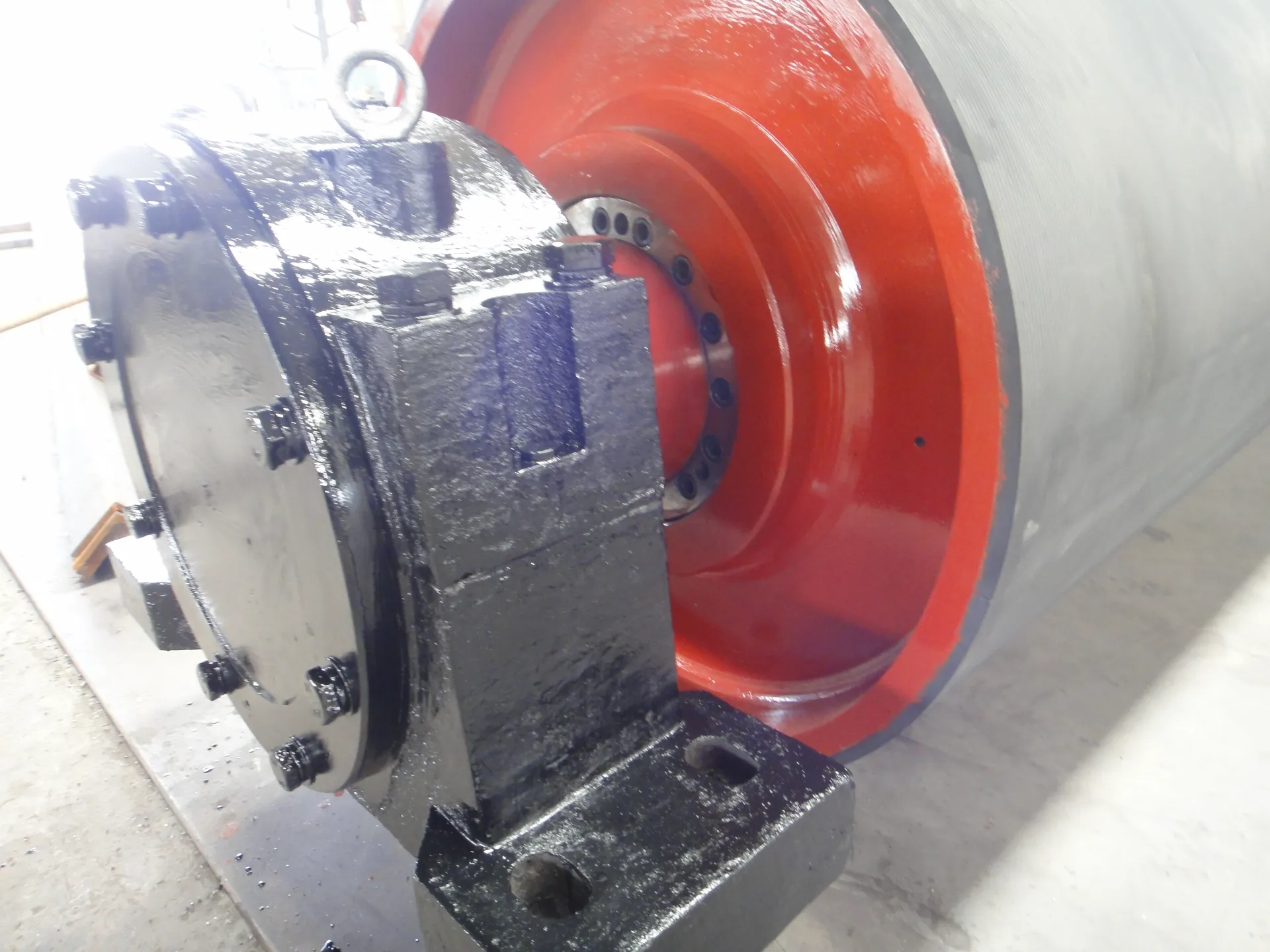 Afrikaans
Afrikaans  Albanian
Albanian  Amharic
Amharic  Arabic
Arabic  Armenian
Armenian  Azerbaijani
Azerbaijani  Basque
Basque  Belarusian
Belarusian  Bengali
Bengali  Bosnian
Bosnian  Bulgarian
Bulgarian  Catalan
Catalan  Cebuano
Cebuano  Corsican
Corsican  Croatian
Croatian  Czech
Czech  Danish
Danish  Dutch
Dutch  English
English  Esperanto
Esperanto  Estonian
Estonian  Finnish
Finnish  French
French  Frisian
Frisian  Galician
Galician  Georgian
Georgian  German
German  Greek
Greek  Gujarati
Gujarati  Haitian Creole
Haitian Creole  hausa
hausa  hawaiian
hawaiian  Hebrew
Hebrew  Hindi
Hindi  Miao
Miao  Hungarian
Hungarian  Icelandic
Icelandic  igbo
igbo  Indonesian
Indonesian  irish
irish  Italian
Italian  Japanese
Japanese  Javanese
Javanese  Kannada
Kannada  kazakh
kazakh  Khmer
Khmer  Rwandese
Rwandese  Korean
Korean  Kurdish
Kurdish  Kyrgyz
Kyrgyz  Lao
Lao  Latin
Latin  Latvian
Latvian  Lithuanian
Lithuanian  Luxembourgish
Luxembourgish  Macedonian
Macedonian  Malgashi
Malgashi  Malay
Malay  Malayalam
Malayalam  Maltese
Maltese  Maori
Maori  Marathi
Marathi  Mongolian
Mongolian  Myanmar
Myanmar  Nepali
Nepali  Norwegian
Norwegian  Norwegian
Norwegian  Occitan
Occitan  Pashto
Pashto  Persian
Persian  Polish
Polish  Portuguese
Portuguese  Punjabi
Punjabi  Romanian
Romanian  Russian
Russian  Samoan
Samoan  Scottish Gaelic
Scottish Gaelic  Serbian
Serbian  Sesotho
Sesotho  Shona
Shona  Sindhi
Sindhi  Sinhala
Sinhala  Slovak
Slovak  Slovenian
Slovenian  Somali
Somali  Spanish
Spanish  Sundanese
Sundanese  Swahili
Swahili  Swedish
Swedish  Tagalog
Tagalog  Tajik
Tajik  Tamil
Tamil  Tatar
Tatar  Telugu
Telugu  Thai
Thai  Turkish
Turkish  Turkmen
Turkmen  Ukrainian
Ukrainian  Urdu
Urdu  Uighur
Uighur  Uzbek
Uzbek  Vietnamese
Vietnamese  Welsh
Welsh  Bantu
Bantu  Yiddish
Yiddish  Yoruba
Yoruba  Zulu
Zulu Replacement Guide for Accessory Belt Idler Pulley in Automotive Maintenance
Understanding the Accessory Belt Idler Pulley
The accessory belt idler pulley is a crucial component in the automotive engine's accessory drive system, playing a pivotal role in the overall operation of both the engine and additional accessories such as the alternator, power steering pump, water pump, and air conditioning compressor. While often overlooked in discussions about engine components, its importance in ensuring reliable and efficient engine performance cannot be overstated.
What is an Accessory Belt Idler Pulley?
The accessory belt idler pulley is a wheel-like component that maintains the tension in the accessory belt, often referred to as the serpentine belt. This belt connects various engine accessories to the engine's crankshaft pulley, enabling them to function correctly. The idler pulley serves to redirect the belt, optimizing the alignment and creating efficient interaction between the belt and the pulleys of the driven accessories.
Function and Importance
The primary function of the idler pulley is to provide proper tension on the accessory belt, ensuring it remains tight enough to prevent slipping. If the belt is too loose, it may slip off the pulleys or fail to drive the attached accessories effectively. Conversely, if the belt is too tight, it can cause excessive wear to both the belt and the components it drives. This balance reinforces the crucial role of the idler pulley in the automotive system, as it helps regulate the tension of the belt under various operating conditions.
Moreover, the idler pulley contributes to the smooth operation of the belt, reducing vibrations and noise that can be destructive to both the belt and the engine accessories. A well-functioning idler pulley, therefore, translates to a quieter and more efficient engine.
Signs of a Failing Idler Pulley
Like any mechanical component, the idler pulley can wear out over time, and recognizing the signs of a failing pulley can help prevent further damage to the engine's accessory drive system. Common indicators of a failing idler pulley include
accessory belt idler pulley

2. Visible Wear or Damage Inspecting the pulley for cracks, chips, or other visible signs of wear can provide insight into its condition. It’s advisable to replace any damaged pulley promptly.
3. Belt Wear If the accessory belt shows signs of fraying or uneven wear, it may be a result of a faulty idler pulley that is not maintaining proper tension.
4. Engine Overheating A malfunctioning idler pulley can lead to insufficient operation of the water pump, which in turn may cause engine overheating.
Maintenance and Replacement
Regular maintenance can extend the life of the accessory belt idler pulley. It is advisable to include the idler pulley in routine inspection schedules, particularly during belt replacement intervals. Most vehicle manufacturers recommend replacing the serpentine belt and checking the idler pulley for wear every 60,000 to 100,000 miles.
When replacing an idler pulley, it's crucial to use a high-quality replacement part that meets the manufacturer's specifications. Proper installation is vital to ensure the pulley functions correctly. A mechanic may need to adjust the tension on the belt when installing a new idler pulley to ensure optimal performance.
Conclusion
The accessory belt idler pulley is a small yet significant component of the engine accessory drive system. Its role in maintaining belt tension and ensuring smooth operation of essential engine accessories highlights its importance. Regular inspection and maintenance are key to preventing premature failures and ensuring the longevity of not only the idler pulley but also the connected engine components. By understanding the function and significance of the accessory belt idler pulley, vehicle owners can take proactive steps to maintain their vehicles and avoid costly repairs down the road.
-
Revolutionizing Conveyor Reliability with Advanced Rubber Lagging PulleysNewsJul.22,2025
-
Powering Precision and Durability with Expert Manufacturers of Conveyor ComponentsNewsJul.22,2025
-
Optimizing Conveyor Systems with Advanced Conveyor AccessoriesNewsJul.22,2025
-
Maximize Conveyor Efficiency with Quality Conveyor Idler PulleysNewsJul.22,2025
-
Future-Proof Your Conveyor System with High-Performance Polyurethane RollerNewsJul.22,2025
-
Driving Efficiency Forward with Quality Idlers and RollersNewsJul.22,2025





























